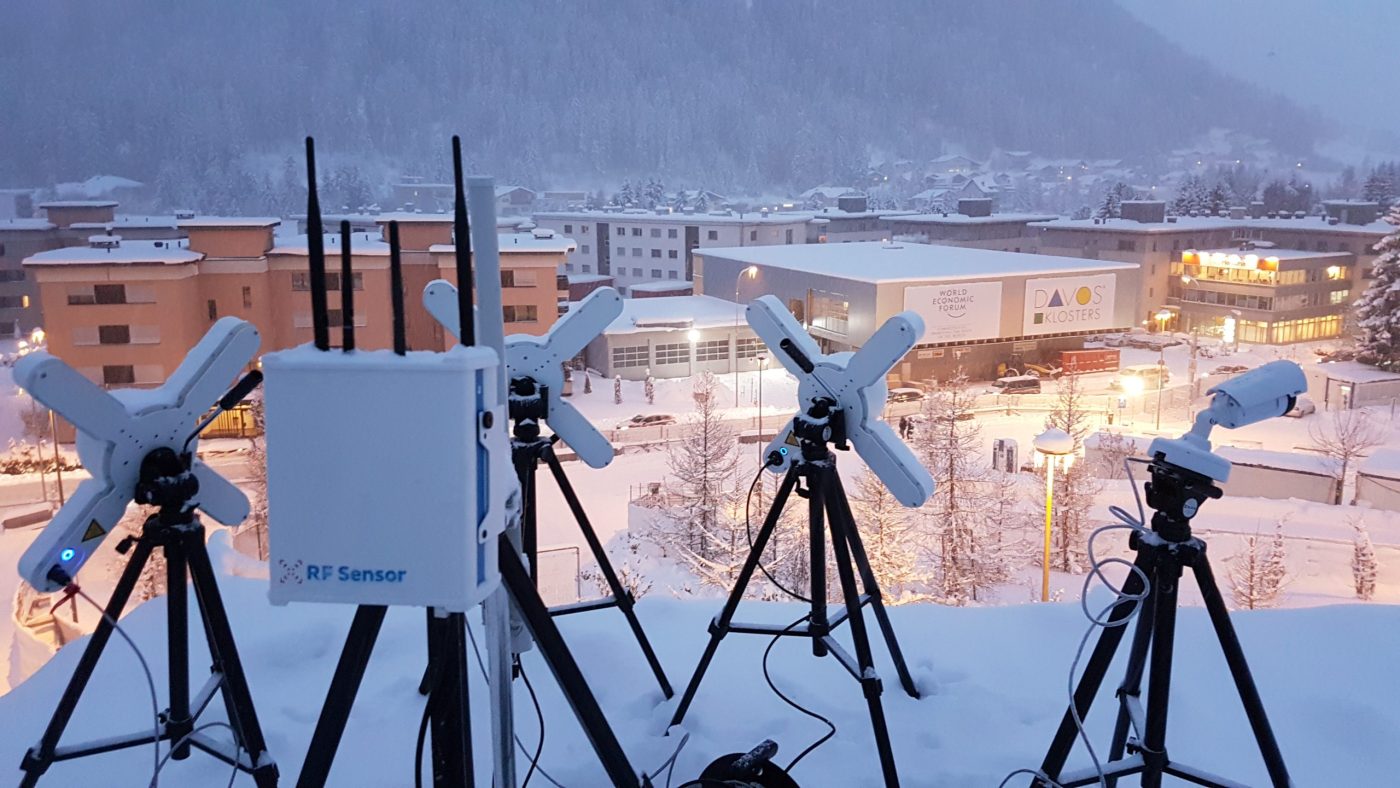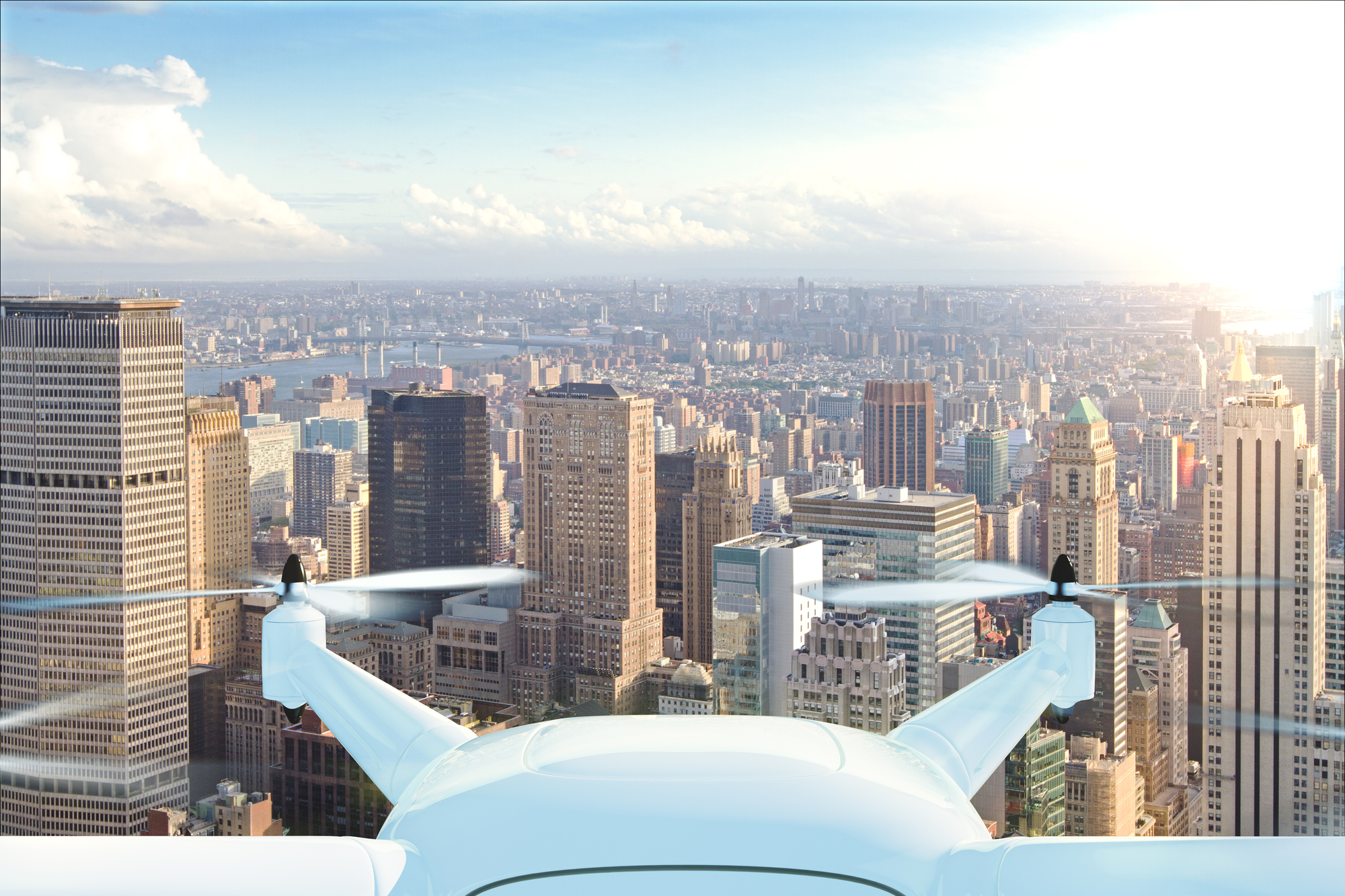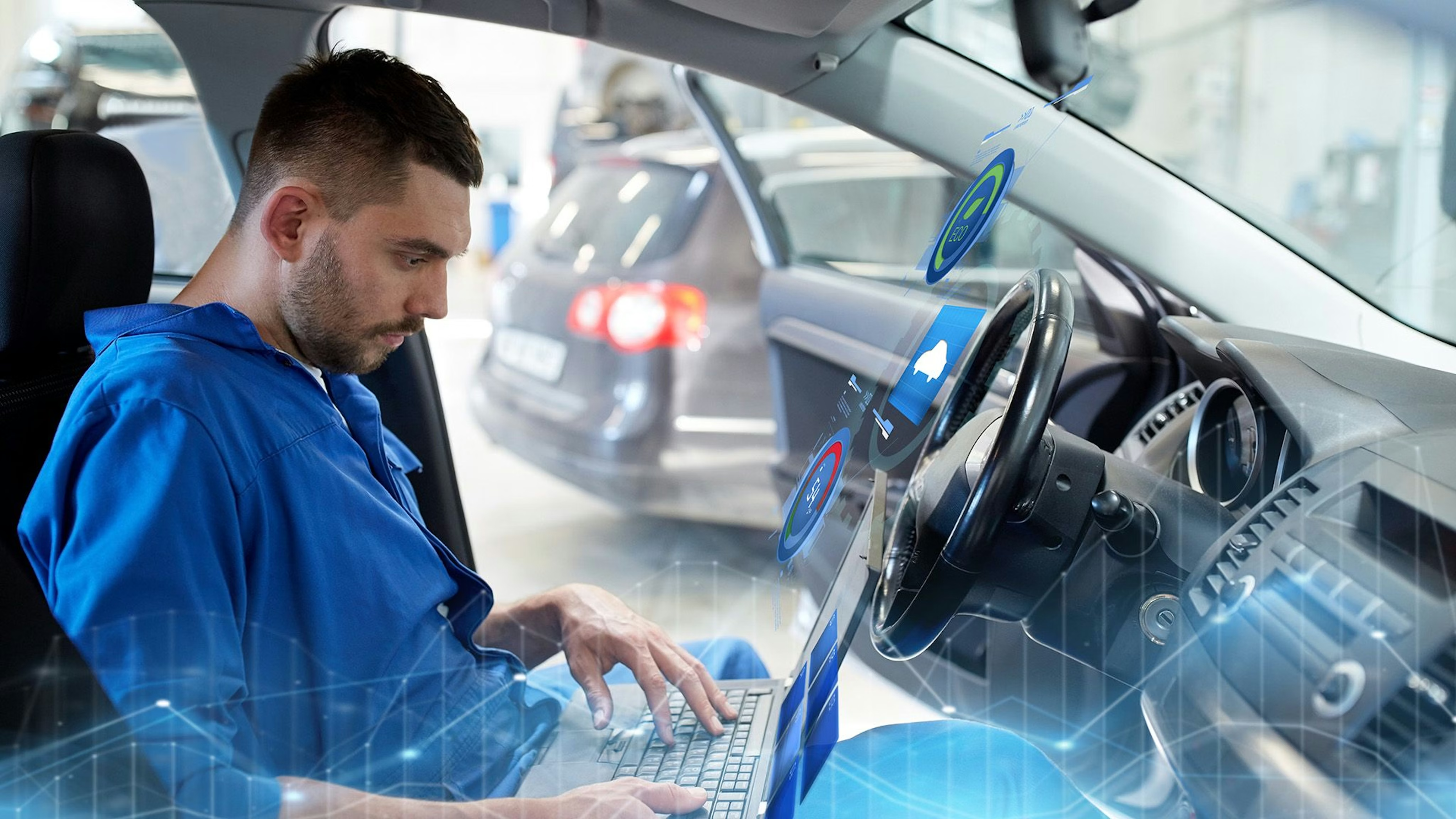Drones - Benefits and Threats
Drones have many uses, for industry, police agencies and fire departments. But they also pose threats. Threats to airports and air traffic as well as terrorist attack scenarios. Selected benefits and threats from drones are examined here.

Drones are easy to use, relatively cheap, fly fast and can carry loads. They are a popular hobby for many Europeans, and industry is also using them. Drones are also a new, fast-growing topic among security agencies in European countries, and the range of drones available on the market is growing rapidly. However, this is also associated with the need for further training and data protection. Numerous authorities and organizations with security tasks already use drones, for example police authorities and fire departments. Among other things, drones can be used before an attack squad is sent to search for people in a collapsed building; this can save the need for rescue workers to be deployed at the risk of their lives. In addition, drones are inexpensive and a crash can be tolerated. The use of drones by police authorities is conceivable, for example, in the search for missing or wanted persons, the temporary surveillance of buildings and squares, the coordination of police operations, the escorting of meetings or the preservation of evidence.
The opportunities that could arise from the use of drones are still largely unexplored. Companies in a wide range of industries have long since recognized the benefits and potential of commercial drone use, for example for the use of delivery drones by large logistics groups. In the area of security authorities, drones can avoid expensive helicopter missions.
The current and future legal situation
Due to the Corona crisis, the new EU drone regulation, which should have come into force in July 2020, has been delayed. The European Commission is currently planning to bring the new European drone regulation into force on January 1, 2021. The background to the postponement is the wish of some EU member states, which are facing an additional burden due to the consequences of SARS-CoV-2 and therefore need more time to implement the regulations. The new legal regulations of the European Union for Aviation Safety (EASA) aim to define uniform regulations for the operation of drones throughout Europe. A Dronespace app will also give drone pilots the ability to determine in real time whether or not their flight is permitted at the selected location. A dedicated tool will make it easier for drone users to find out the right type of permit for their particular drone.
Drones in the Corona Crisis Drones that control Corona exit restrictions and call for people to stay home have already become common practice in some places outside Europe. In China, drones are being actively used in the containment of the Corona pandemic. In recent weeks, for example, several pilot tests have been carried out there to spray disinfectant against the corona virus in public areas. Drones originally used to spray pesticides were adapted for this purpose. Other attempts at drone deployment have included deliveries of medicines and food to remote Corona quarantine areas. Drones are also being used to deliver supplies, including medicines, to people in Russia during the Corona crisis.
Drones are being used in the Corona crisis in Switzerland, Italy, Spain, France and Germany. The Geneva Cantonal Police, for example, says it uses drones because they provide a view from above to better observe the presence of groups of people in public spaces. A spokesman for the Geneva cantonal police said, "Drones also make it possible to fly over places that are difficult to access." Anti-Corona announcements, however, were not yet made by the Geneva drones.
The Zurich cantonal police and their colleagues in St.Gallen have so far ruled out a Corona drone deployment. Only very few cantons currently have an explicit legal basis regulating the use of drones by Swiss security authorities. As far as the evaluation and deletion of image recordings is concerned, the usual data protection rules apply. Moreover, according to Swiss federal regulations, drones must always be flown on sight.
In the USA, in the state of Connecticut, the first tests of a pandemic drone designed to detect people infected with the coronavirus from the air, at a distance of up to 58 meters, took place in April. Australian scientists were also involved in the development of the drone by a Canadian manufacturer. The goal of this new technology is to provide real-time data to the relevant authorities. The tactic is this, to distinguish healthy from sick people by having the pandemic drone measure people's vital signs from a distance. It is equipped with sensors to measure body temperature and heart and breathing rates of the targeted people. Besides, it can also detect various actions such as sneezing and coughing. In addition, the drone can also be used to locate crowds and check for compliance with distance rules.8 From a data protection perspective, it can be argued that these drones do not collect personalized data and are not capable of identifying people, facial recognition should not be used.
In Germany, the use of drones to control restrictions imposed in the fight against the coronavirus is still rather an exception. In North Rhine-Westphalia, ten police agencies tested the use of two drones each. These were used, among other things, to search locations and warn people at popular gathering points via loudspeaker of the health risks of too close proximity. This is comparable to announcements made by a patrol car. A spokesman for the Düsseldorf police emphasized that the drone's camera was not used to identify individuals, and people's reactions were "quite positive," with many showing interest in the technology.

Examples of threat scenarios
Since 2013, headlines about incidents involving drones have been increasing. In September 2013, a drone crashed a few meters from German Chancellor Angela Merkel during an election campaign event in Dresden. In October 2014, a drone pulled a flag for the establishment of a Greater Albania through the Serbian stadium in Belgrade during the European Championship qualifying match between Serbia and Albania; the match had to be abandoned due to violent riots by fans in attendance. In April 2015, a drone carrying radioactive material landed in Tokyo on the official residence of the Japanese prime minister; its pilot wanted to use it to demonstrate against nuclear power. In May 2017, a packed Swiss Airbus narrowly escaped a potentially fatal collision with a drone flying far too high and without authorization as it approached Zurich.
Threat scenarios at airports
The greatest potential danger posed by drones to air traffic in Europe is the large number of hobby users. The Unmanned Aerial Vehicles Association estimates that there are more than one million drones in Germany alone, of which only 20,000 are used commercially. According to data from the U.S. IT market research firm Gartner, more than three million drones worth at least six billion U.S. dollars were reportedly sold worldwide in 2017 alone.11 The private use of drones weighing up to a maximum of 25 kilograms has only been regulated since July 2019 by EU Regulation 2019/947. Legally, drones should not get in the way of commercial aircraft by prohibiting entry into areas near airports and imposing altitude restrictions.12 However, the closures of walking space in London in late 2018 and Frankfurt in early 2019 have shown what can happen when drones are flown near airports unknowingly or with the intention of disrupting air traffic. As early as 2016, a British study showed that commercial aircraft can be critically damaged by drones weighing four kilograms or more.13 Helicopters and small aircraft are even more susceptible to collisions with drones. Because of their range of operations, helicopters are often flying at such low altitudes that they can collide there with drones that adhere to the applicable altitude restrictions.
The majority of drone use in restricted areas such as airports happens accidentally or out of ignorance. Reconnaissance, geofencing of drones and signage on the ground are suitable means of prevention. In the case of a terrorist attack with drones, however, warnings and criminal consequences do not help; then the ability of security authorities to detect and defend against drones is called for. People who are aware of the illegality of their use of drones may, for example, be dismissed employees or people who have always wanted to paralyze an airport or film an aircraft at close range.
Terrorist threat scenarios
Easy and inexpensive access to drones opens up new attack opportunities for terrorists. For example, a drone carrying an explosive device could approach a large event with thousands of people crowded together in a confined area. Possible targets for drones carrying explosive devices include amusement parks, concerts, airports, train stations, ships, football games, Christmas markets, events, the Vienna Prater, church conventions, Christopher Street Day, Fridays for Future, ministries, government agencies, universities, and security agency training and education facilities in order to weaken the personnel future of these agencies.15 Even a single drone scattering white powder over a marketplace or pedestrian mall could cause mass panic with the suspicion of a biological or chemical weapon injuring and/or trampling people to death. The following terrorist scenarios using drones as an effective means are possible: attacks on individuals such as public figures, representatives of the state, or crowds. Attacks on critical infrastructures (water and energy suppliers) or facilities with high risk potential (industrial facilities such as chemical companies). It is also possible to conduct perpetrator observation of police operations (deployments of police and military special forces) in order to scout and exploit tactical weaknesses.
Conclusion and outlook
Drones are valuable tools for industry, police, firefighters and rescue services. But drones also pose risks, especially for manned aviation. Here, efficient drone detection systems must be developed and deployed to protect sensitive infrastructures such as airports from drones. It would also be important to have a central national and international collection point for an overview of security-related incidents concerning the preparation, attempt or execution of the use of drones as a means of committing crimes. The technical development of drones and drone detection systems is advancing rapidly, and the European states and the European Union must act with legal foresight and enact legislation that minimizes the threats posed by drones.









